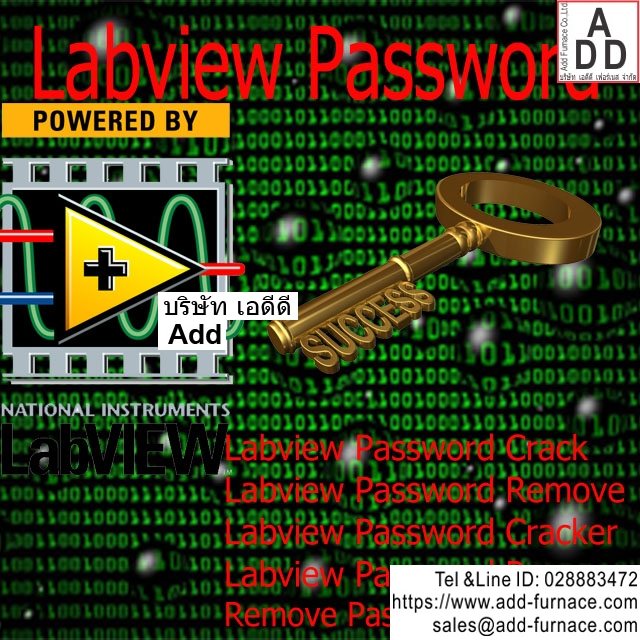

See Removing Block Diagrams from VIs to learn how to remove VI block diagrams. Removing a VI's block diagram provides greater protection than using VI password protection, but does not allow easy recovery of the block diagram or use on different LabVIEW versions. If you require greater security than that provided by VI password protection, we recommend that you instead remove the VI’s block diagram. While we believe it to be rare to date, it is possible for an attacker to create a program that can crack a VI’s password protection, replacing its password with another of the attacker’s choosing.

Modify the hash comparison routines of the LabVIEW process, e.g.Determine the salt, as well as the exact locations of the hashes inside the VI file -or.As a result of this approach and the design decision not to encrypt the VI’s block diagram, it is possible for an attacker to either replace the password hashes with their own, should they either be able to: When the user enters a password, LabVIEW compares the computed set of hashes for the entered password with the hashes stored in the VI before letting the user access the block diagram. At the same time, users will be prompted for the VI password should they try to view or edit the VI’s block diagram. The password itself never gets stored inside the VI, ensuring that LabVIEW still has access to the block diagram without prompting for the password, should it need to recompile the VI. The current VI password protection mechanism relies on a set of hashes derived from the VI password and additional salt (data used as input to the hash function) embedded at different locations inside the VI. Because LabVIEW must be able to execute this without prompting the user for a password, LabVIEW cannot use any strong encryption to protect the VI’s block diagram. In order for LabVIEW to be able to recompile a VI, it must be able to read the VI’s block diagram. See Creating Password-Protected VIs to learn how to password-protect a VI. This feature will apply when the VI is opened in future versions of LabVIEW as long as it is recompiled. LabVIEW VI password protection is a feature that allows the user to run the VI, but prevents the user from viewing or editing the VI's block diagram without a password.


 0 kommentar(er)
0 kommentar(er)
